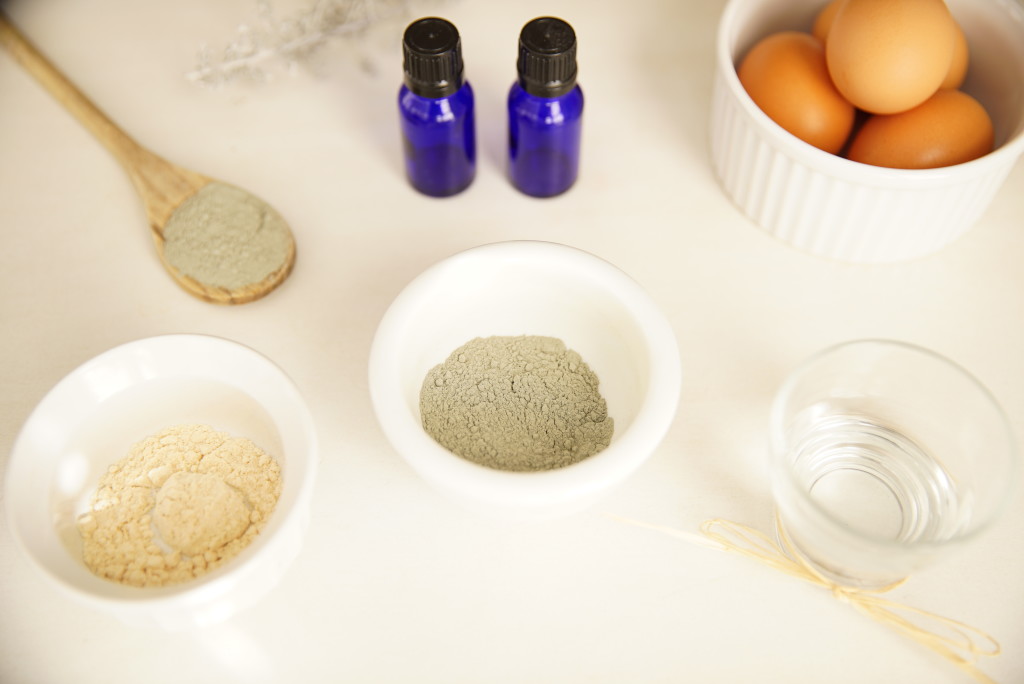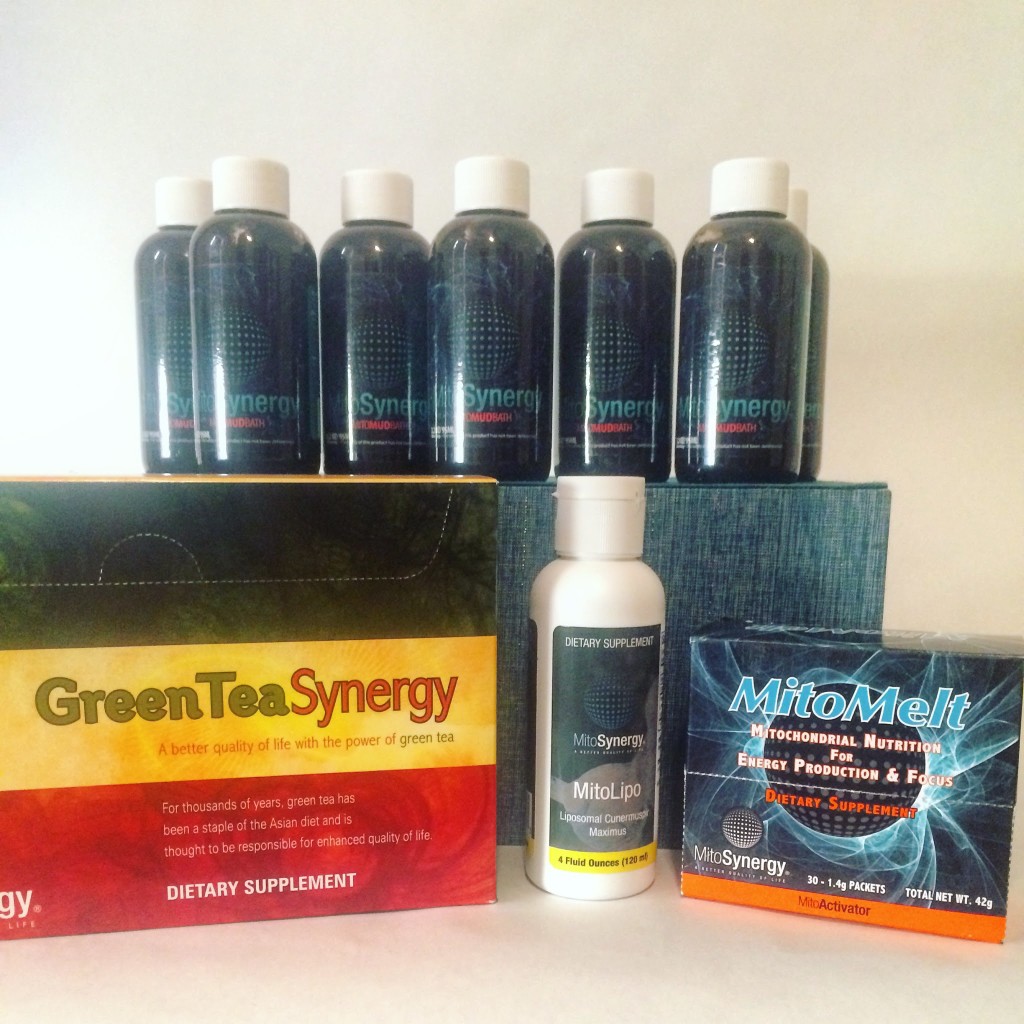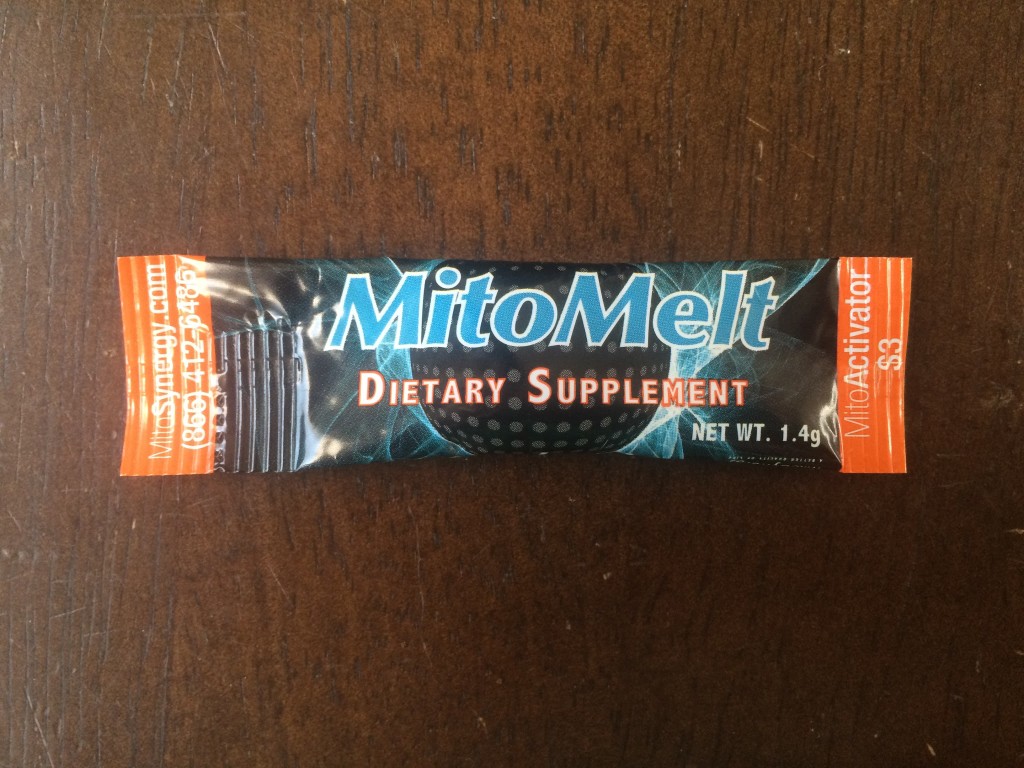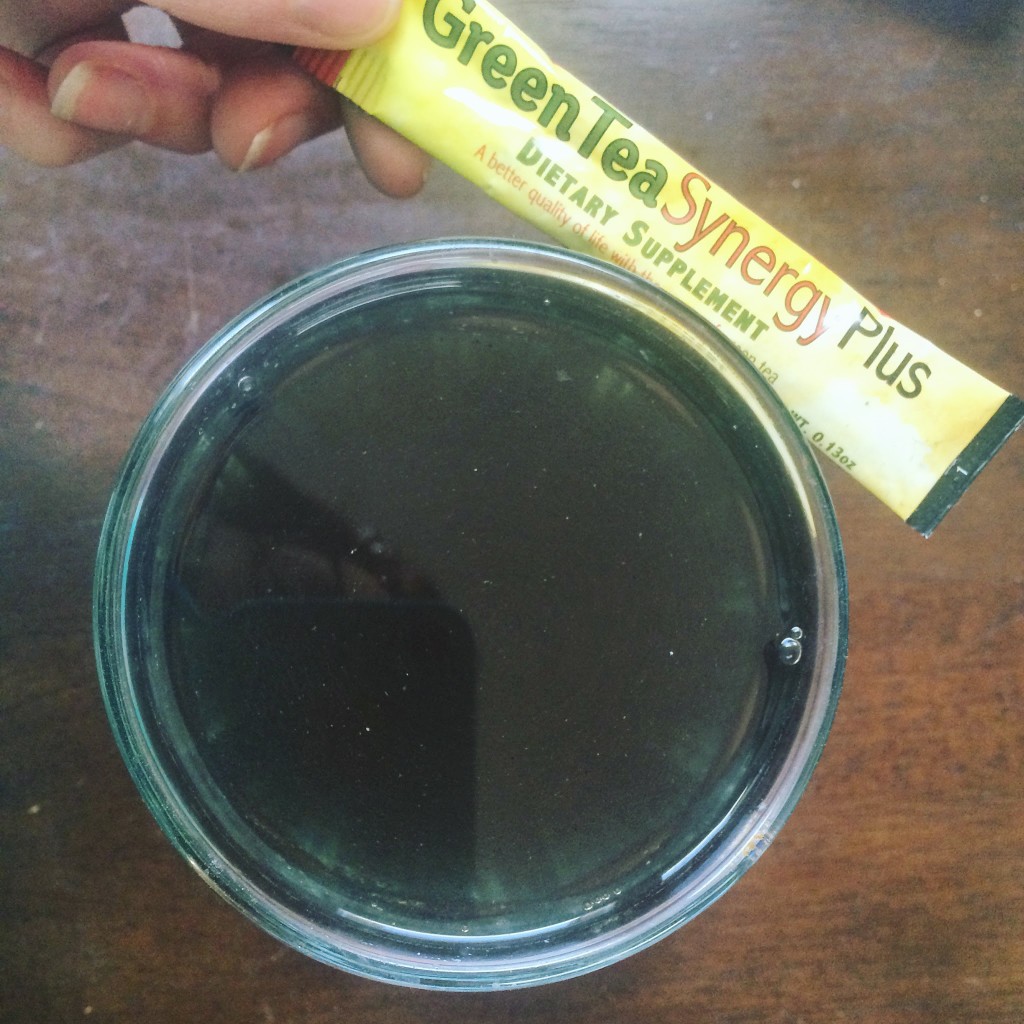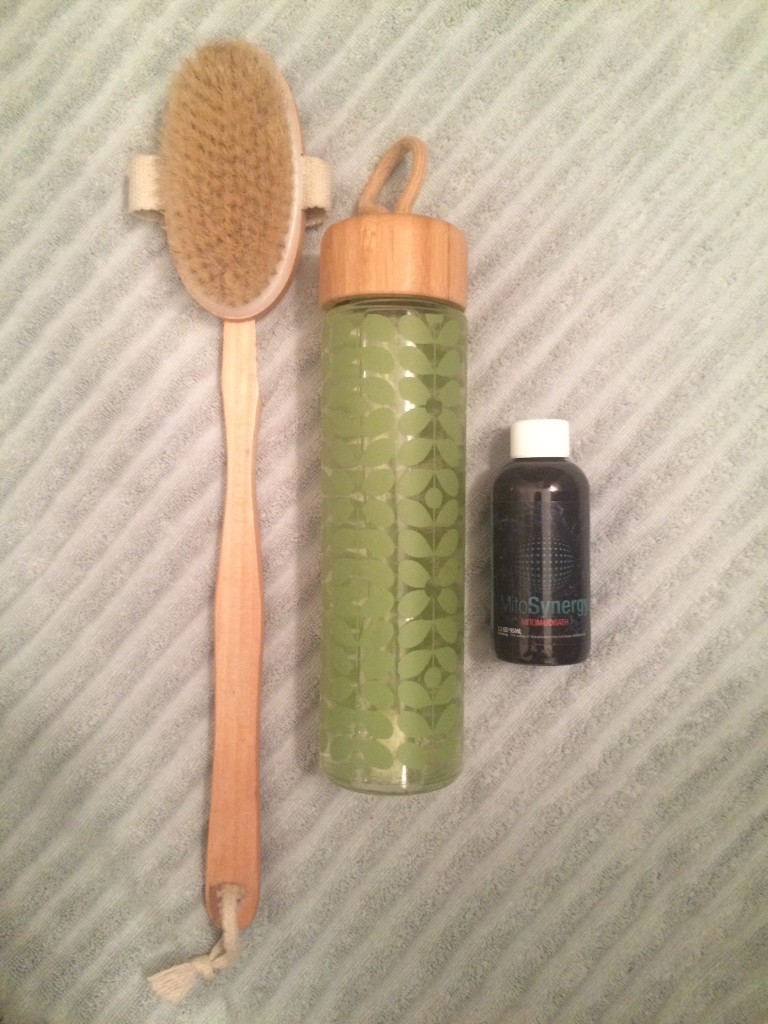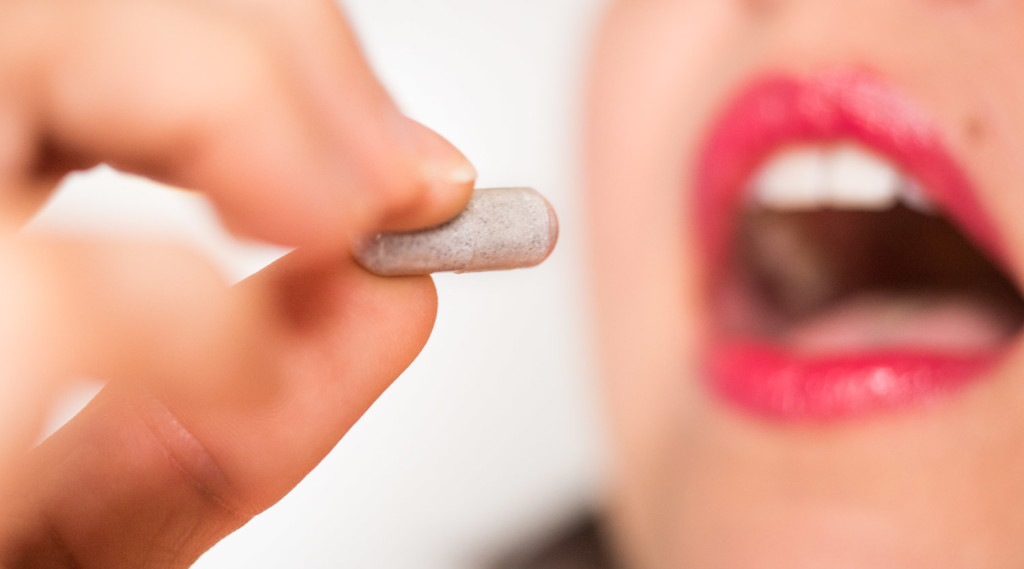(Please note: This post first appeared on ProHealth on February 27, 2017.)

Image made available by TaxCredits.net
Recently, I received a distressing message from a fellow Lyme patient named Amy, whom I’ve never met. She had reached out to me on my blog expressing her dismay over the ongoing medical costs to treat her illness. “We are financially drained, nothing left,” she wrote. “I still need treatment.” Amy wondered how I was able to afford the expense of constantly battling Lyme.
Unfortunately, Amy’s message highlights widespread issues among patients when trying to recover from Lyme disease–a lack of finances and other resources to continue the journey toward regaining our health. With dwindling bank accounts, we are often forced to decide between seeking quality treatment, paying our rent or mortgage, or putting food on the table.
Over the years, I’ve developed a few strategies to decrease the pressure of managing an ailment with a hefty price tag. Here are five tips to treat Lyme disease when you’re on a budget.
1.See if you qualify for financial assistance
Here’s a list of five organizations I found useful for receiving accurate testing, treatment, and medications.
- Lyme-Tap [http://www.ilads.org/campaign/lyme-tap.php]– provides need-based financial assistance to people for initial Lyme-related testing. Resources are available on a first come, first served basis and preference is given to children under 18 years of age. Please note: Lyme-Tap doesn’t pay for insurance deductibles.
- RxAssist [http://www.rxassist.org/]- is a curated database of information from pharmaceutical companies and additional sources to help patients get medications at a reduced cost. Patients may qualify for this program if they meet the income guidelines and have no prescription drug coverage. In hardship circumstances, an insured person may still qualify for assistance.
- Bay Area Lyme Foundation Tick Test [http://www.bayarealyme.org/lyme-disease-prevention/tick-testing/]- performs free testing to determine if a tick a person has encountered is an infected or uninfected tick. The service is offered as part of a larger data-collection project to help scientists locate areas where Lyme disease is most common. This program is for informational purposes only and is not used for the diagnosis or treatment of tick-borne infections.
- LymeLight Foundation [https://lymelightfoundation.org/grants/]- offers grant opportunities to children and adults through age 25. An applicant must be under the care of a Lyme literate health care provider and be a U.S. resident. The maximum lifetime grant awarded to a patient is $10,000.
- GoodRx [https://www.goodrx.com/]- Many people aren’t aware that the cost of medications can vary significantly from one location to another. GoodRx compares prices and discounts from pharmacies all across the country so that patients can locate the lowest prices for their prescriptions. These discounts and coupons can be used whether you have insurance or not, and GoodRx was a lifesaver for me whenever I had gaps in my health care coverage.
2. Understand what your insurance plan covers
Unfortunately, you might not be able to stay within your insurer’s network to see a Lyme specialist. But, are you aware you may be able to submit your bill to the insurance company for partial reimbursement or to meet your out-of-network deductible? Small savings add up over time and can make or break your ability to sustain treatment. Moreover, some private insurers now reimburse for Skype appointments, and this could offset travel expenses if your doctor isn’t local.
In addition to doctor visits, check which medications your insurance will pay for in advance. Not long ago, I was surprised to learn that my plan covered all but $10 of a $1200 drug. However, it didn’t cover any of the cost of a $200 antibiotic. Knowing which medications my insurance did and didn’t cover, allowed me to examine the discount coupons I mentioned previously, other prospective drugs, or herbal medications to see what was more affordable for me.
3. Pare down your supplements
In a world with unlimited financial resources, we would be able to purchase every supplement our doctor recommends. Sadly, for many of us, this isn’t realistic. After several years of exhausting money on supplements that didn’t work for me, I began asking my doctor to pick her top two supplement recommendations for my treatment protocol. By doing this, I was able to tell which supplements were helping me and which ones were ineffective. Over time, I’ve slowly created an essential, supportive list of supplements that’s within a price range I can afford.
4. Resist the urge to hop on a treatment bandwagon
As you watch others invest in expensive endeavors, it’s easy to fear you’re missing out on a potentially life-changing treatment. I’ve been in that position (heck, I’m still in that position). Over the years, I’ve learned to watch and ask others how they’re doing with their treatments before jumping into something new. Although the wait is painful at times, this allows me to see if a treatment trend has helped several people before making a decision about whether it’s something I want to pursue for my healing.
5. Prepare for your doctor’s appointments
In the beginning, I often left my appointments without asking all the questions I’d hoped to ask. To gather my thoughts ahead of time, I began jotting down my concerns in a notebook as soon as they popped into my head. The night before my appointments, I organized those questions and brought my notebook with me to the visit. When my appointment was ending, I’d request to look at my notes and make sure I had sufficient clarification about any remaining matters. As a result, I began leaving my appointments with a solid plan, and I rarely had to spend money on back-and-forth email exchanges that increased my bill. Now, I can schedule my follow-up visits further apart (like every three months instead of two), which helps to lower my treatment costs.
This is by no means a comprehensive list, so let’s keep this discussion going. If you’ve discovered some tricks that have helped you to reduce the hefty price tag of treating Lyme, please leave them in the comments, so that others can be helped by them as well.




